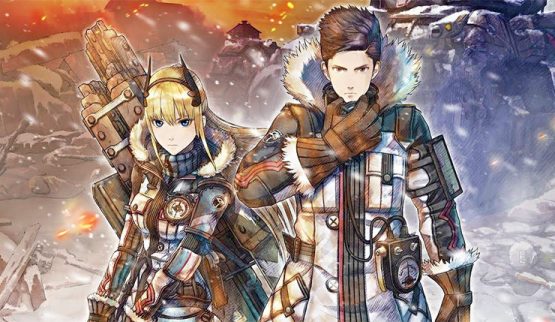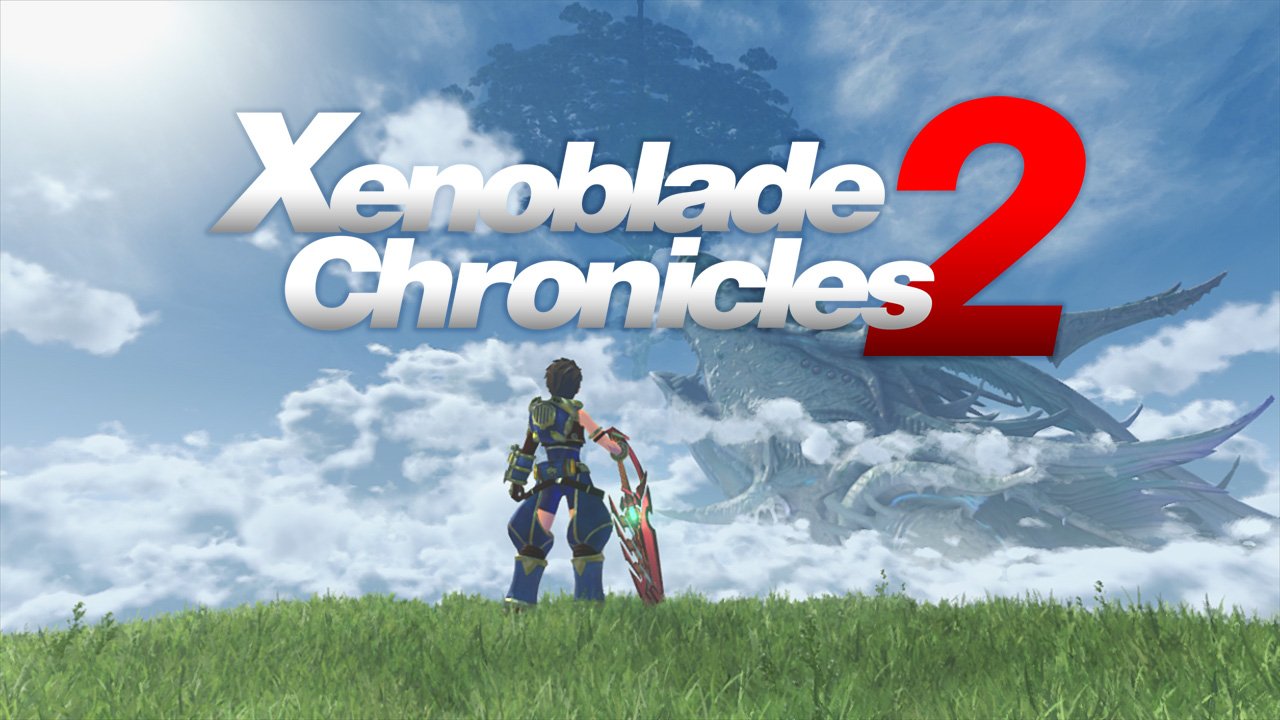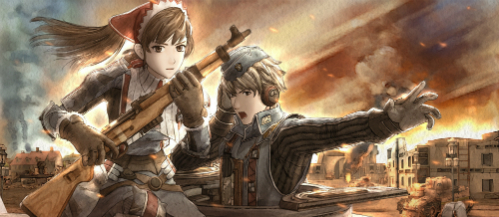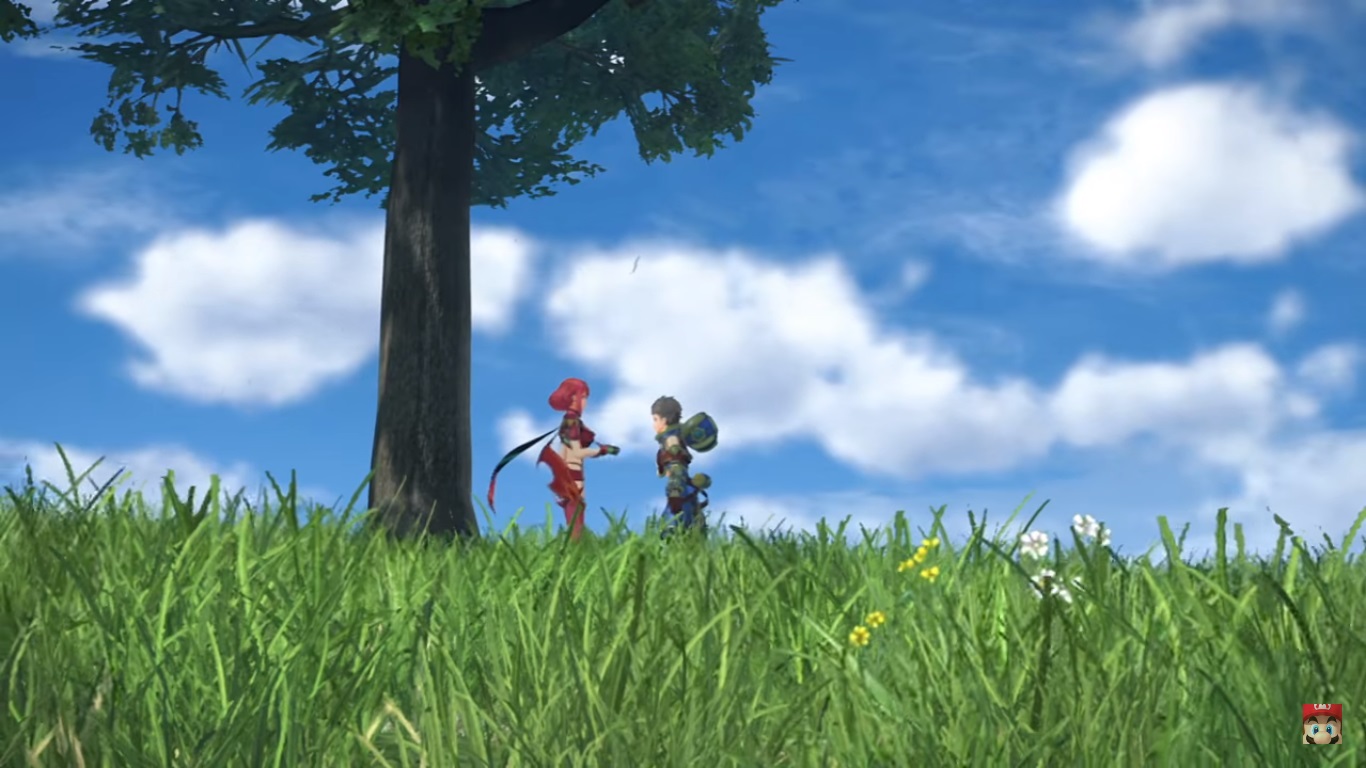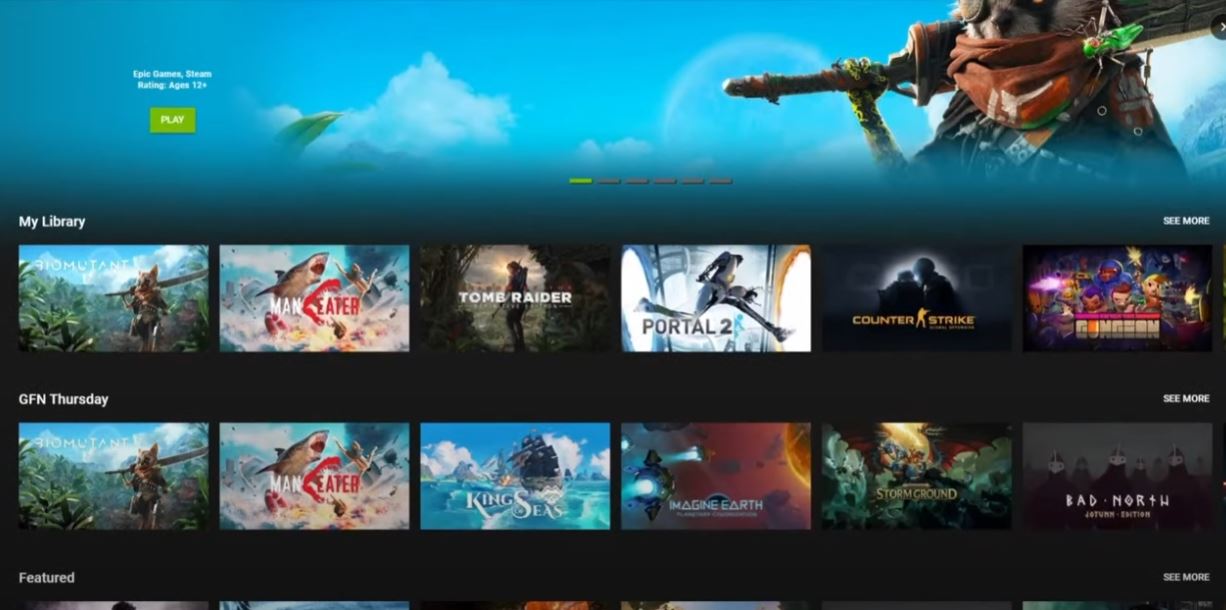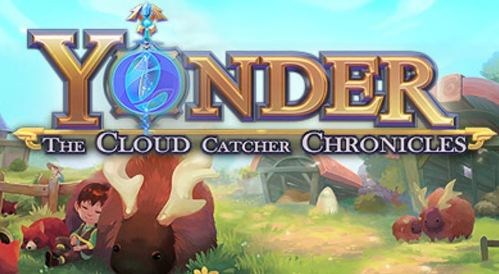
When we think of the word “yonder”, things like “down the road a bit” and “somewhere near the coast” come to mind. Its practical definition is simply “over there” which describes Yonder: The Cloud Catcher Chronicles perfectly. Yonder is a game inspired by AAA franchises like Zelda, Destiny, Harvest Moon and Elder Scrolls and it soon becomes apparent why. Prideful Sloth is an independent game developer based in Brisbane, Australia. The team consists of just three people, which on its own makes Yonder: The Cloud Catcher Chronicles an amazing feat. So on that note we let developers Cheryl, Joel and John take us on a journey to restore Gamea, an expansive magical island, to its former glory.
Yonder is a game of exploration, trade, farming and basic puzzle solving. It is not an action adventure. There is no combat here. For those that think this is another Zelda style game for the Switch, they are partially correct, just without the swords, shields, bows and arrows. The way Yonder starts is even eerily similar to Breath of the Wild, whereby you exit a cave to see a luscious green landscape from atop a cliff edge. From here though, the differences are stark and therefore there’s no point comparing the two any further.
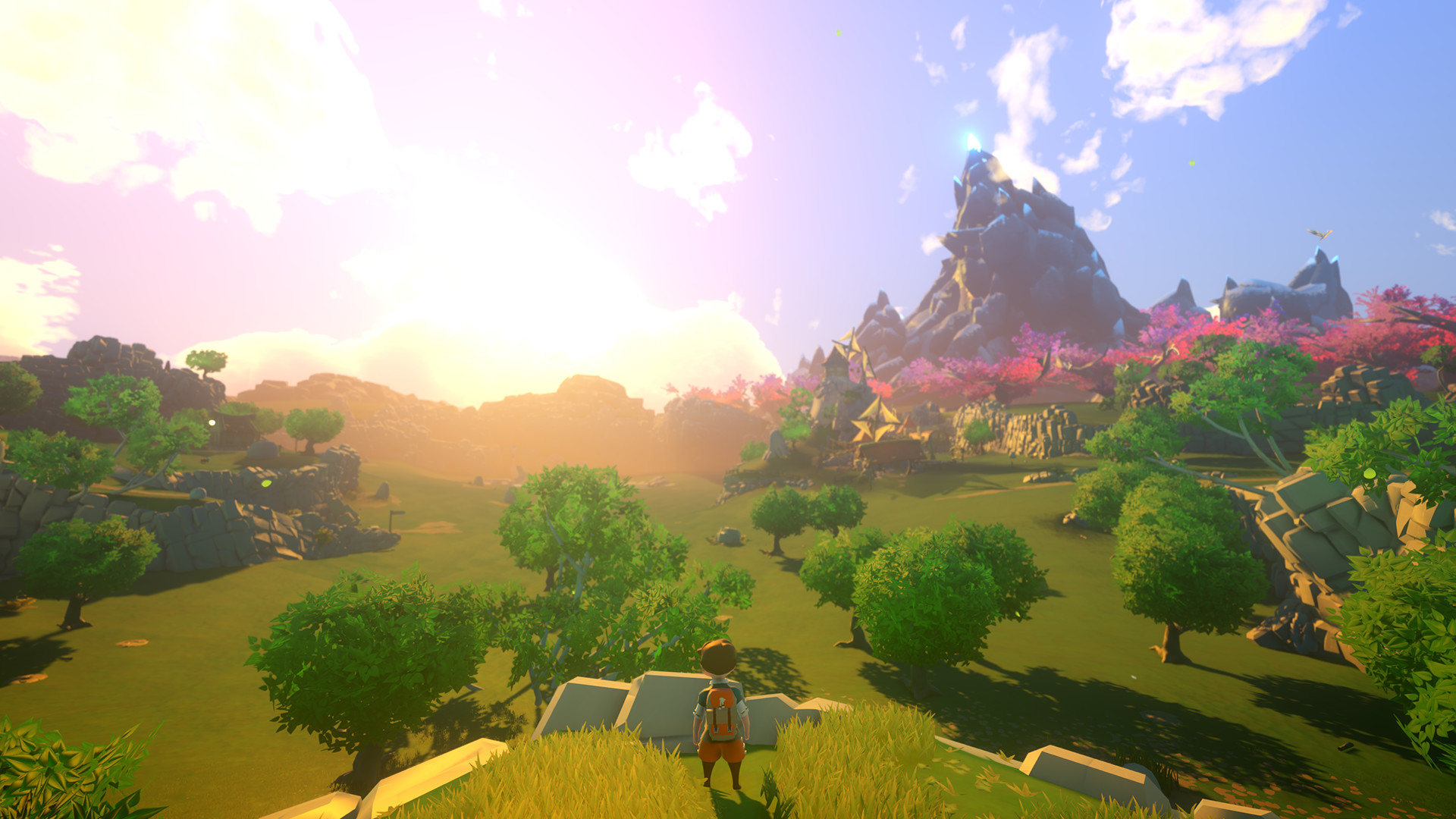
Character creation is straight forward, choosing a gender and a few shapes and sizes of your body, you’re soon on your way. Clothing is a particularly vain part of the game, with plenty of clothes to be found and crafted around the island of Gamea. You can also change your hair colour by finding or creating shampoos, and there are loads of different hairstyles, including facial hair, that can be found for both boy and girl characters. We’re unsure why there’s so much character customization throughout the game though, as what you’re wearing (barring a couple of locations) doesn’t really matter.
The world map in Yonder is quite large, with eight different zones to explore. Being quite honest, if the map wasn’t so twisty and windy then it most certainly would not appear to be as large. The premise of Yonder is to clear the murk, a poisonous purple cloud, from the island of Gamea by gathering Sprites. The Sprites are hidden all over the map with barely any hints on where they might be. Fortunately you don’t have to collect every Sprite in the game unless you’re a completionist. Clearing murk will often lead to finding chests, quests, and of course farms.
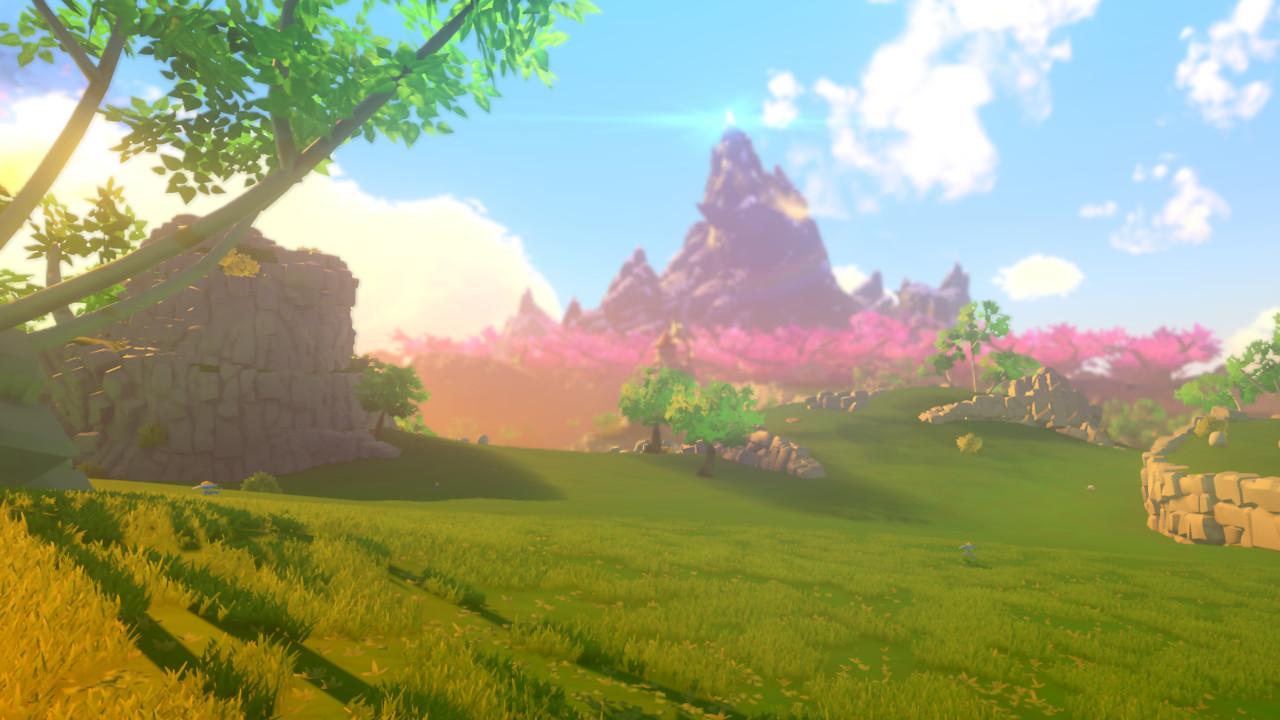
Farming in Yonder is as simple or as complex as you want it to be. You are given a few starter items, but from there you will need to craft anything you wish to place on your farm. You can plant crops or trees, have an animal farm, or fill it with fancy decorations. We found farming was more of an end-game activity and not a necessity, however it would make certain parts of the game easier to progress through as you gain plenty of crafting and tradeable materials from your farms. There’s one farm in each zone, and you’ll find different animals are limited to different zones as you can’t transport them through certain areas.
Crafting takes up more of your time throughout the main game than farming, and you’ll find yourself wanting to master each craft. There’s basic Wayfarer, Chef, Carpenter, Constructor, Tinker, Brewer, Tailor and then Master Craftsman. Each craft is needed in one way or another as you explore Gamea, and you’ll want to build up your supplies for each craft as you go along. Usually a nearby vendor can assist with crafting materials, although their stockpiles are limited. Luckily, they’ll trade pretty much any item you find, and although each item has a set value, there’s no actual overbearing currency in the game.
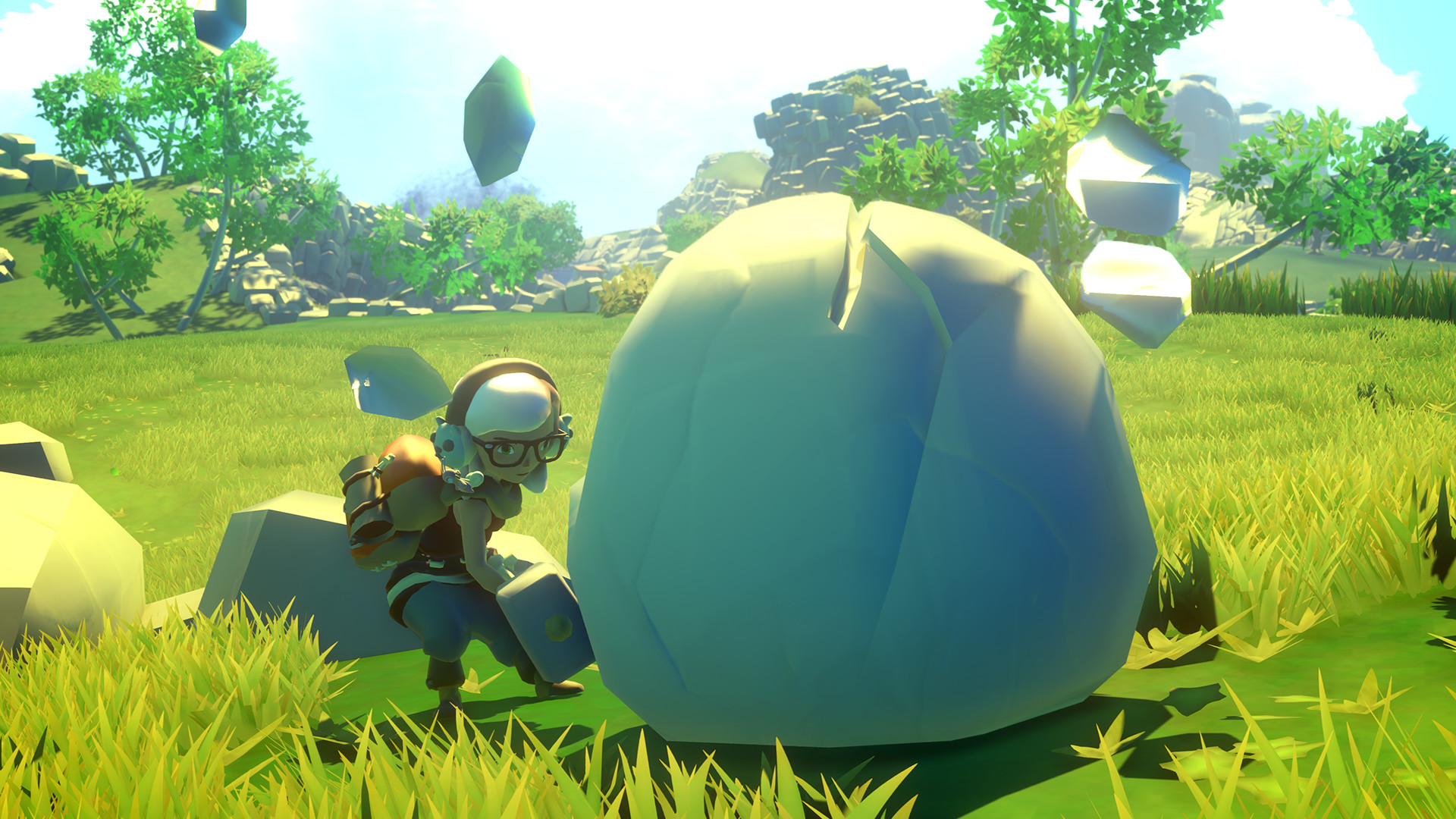
Aside from farming and crafting, the main task you do in Yonder is scavenging/gathering. Chopping down trees, mining stone and ore, collecting flowers and fodder, running along river banks collecting clay, and of course fishing. The fishing mini-game is straight forward, but there are lots of different kinds of fish to catch, and a couple of quests that require it. It’s a great way to get some goods worth trading though, and you might even fish up a few surprises.
There are a couple of different ways to fast travel around the map, and both ways are subtle and frightening for a newcomer. You can craft a single-use Traveler’s Knot which allows you to travel one-way to a farm, otherwise you need to unlock Sage Stones. There’s one Sage Stone in each zone, and typically they will need you to complete a quest for you to use them. It does (barely) give you enough ways to get around the map. As mentioned, the map appears quite large at first but is actually pretty small compared to other open-world games these days, it just gives the impression of being large because fast-travel isn’t much of an option early on, and you never gain access to a mount or a way to move faster. Perhaps if Prideful Sloth makes a sequel they will consider this.
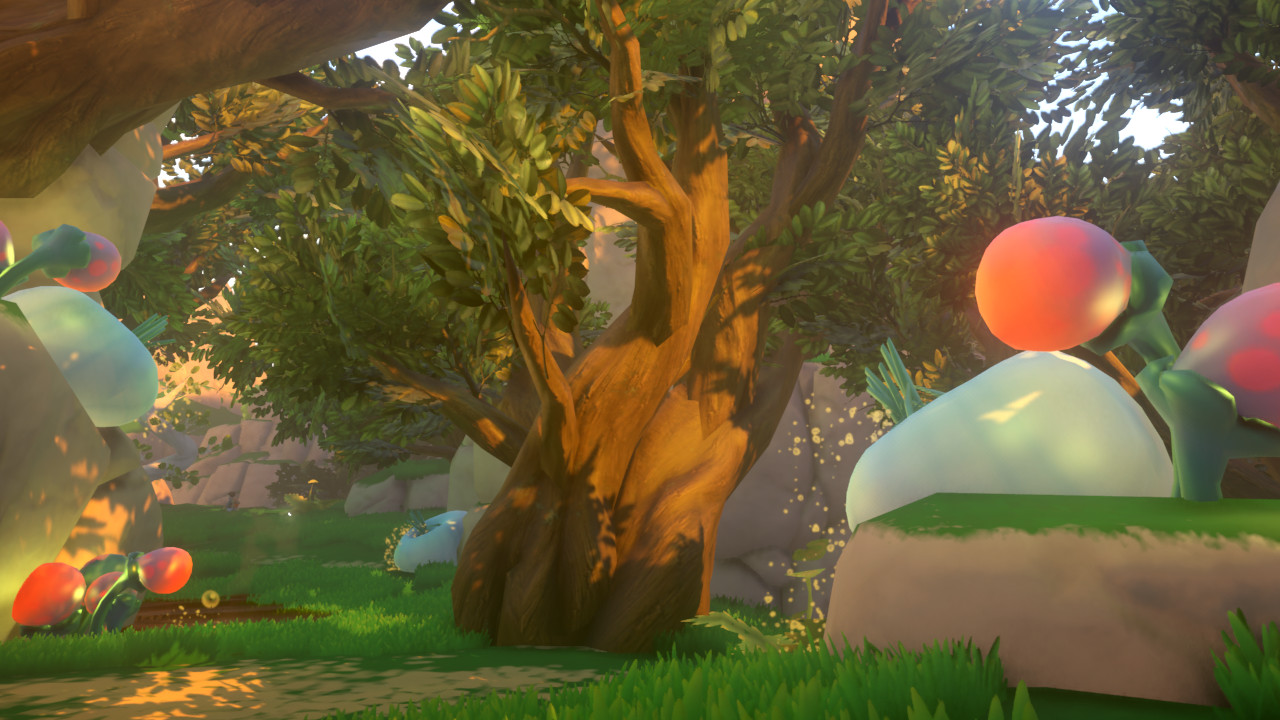
Yonder looks quite pretty, and Prideful Sloth have done a fantastic effort of creating eight unique environments for the eight different zones. There are different trees and flowers that grow in each of the zones, and different wildlife that inhabits them. One of the cool things we found about Yonder is that the more restored a zone is, the more wildlife will appear and the better your farm will produce. It’s little things like this that add to the immersion of a game like this, and Prideful Sloth have done well in making players feel immersed. While the graphics are very cartoony, the effects and animations used throughout the world all work really well together, and the game even has a day/night cycle and dynamic weather to boot! While the Nintendo Switch handles the graphics quite well, there were still some minor framerate issues and we even experienced a bug where our pro controller’s right analog stick’s Y axis didn’t work after switching from portable to docked mode. We couldn’t replicate the bug on demand, so it could have been a freak occurrence.
Summing up this farming/crafting/gathering/exploring sim, Yonder: The Cloud Catcher Chronicles is not for everyone. It’s a peaceful exploration game that has a fairly standard story and a cute diverse world. We found there were some balancing issues with crafting, and often you had to rely on traders having certain items in order to progress, but the overall difficulty of the game is quite low, meaning although it’s not for everyone, anyone can pick it up and have a bit of fun. While the main story will last about 10-15 hours, the end-game content will last for as long as you want it to. Raising the happiness of each zone becomes important in the end-game content, but unfortunately other than to be a completionist, we couldn’t find any reward in playing the game past the credits.
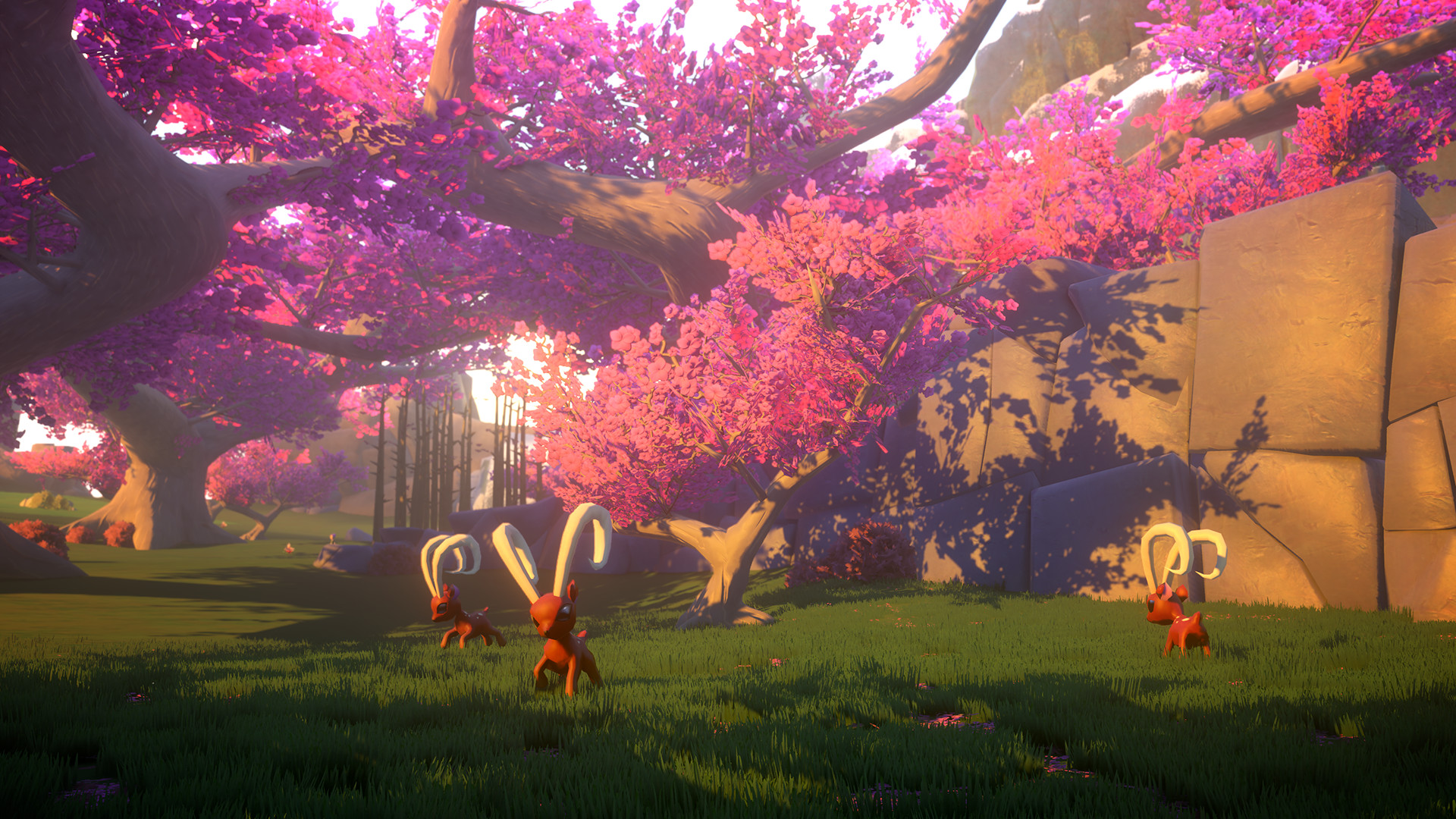
Yonder: The Cloud Catcher Chronicles is also available on PlayStation 4 and Windows PC platforms.
- A fun, peaceful game to relax in - An amazing feat for a team of three developers.
- Item and crafting balancing issues - The world is not as large as it seems.

